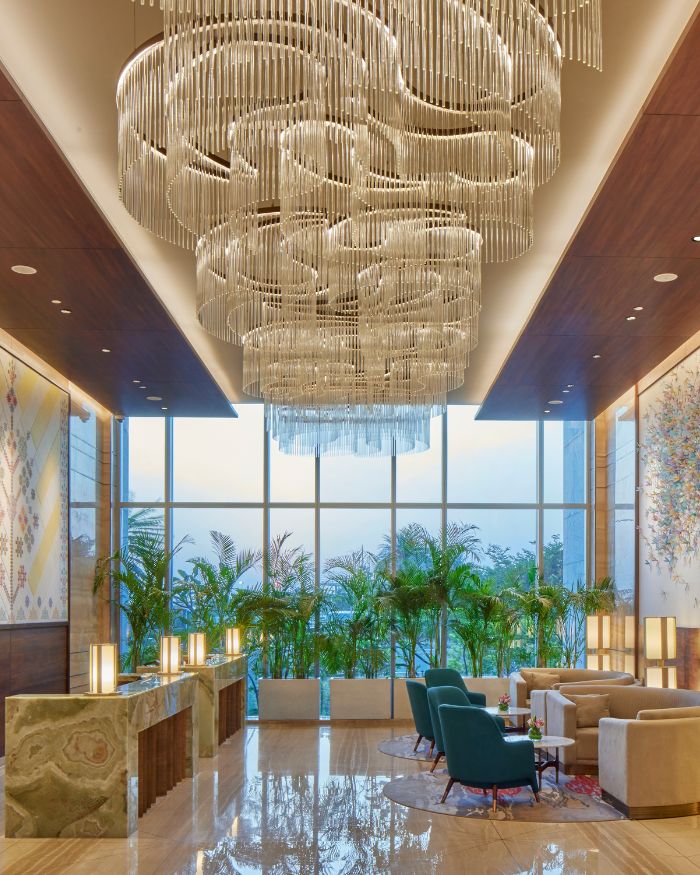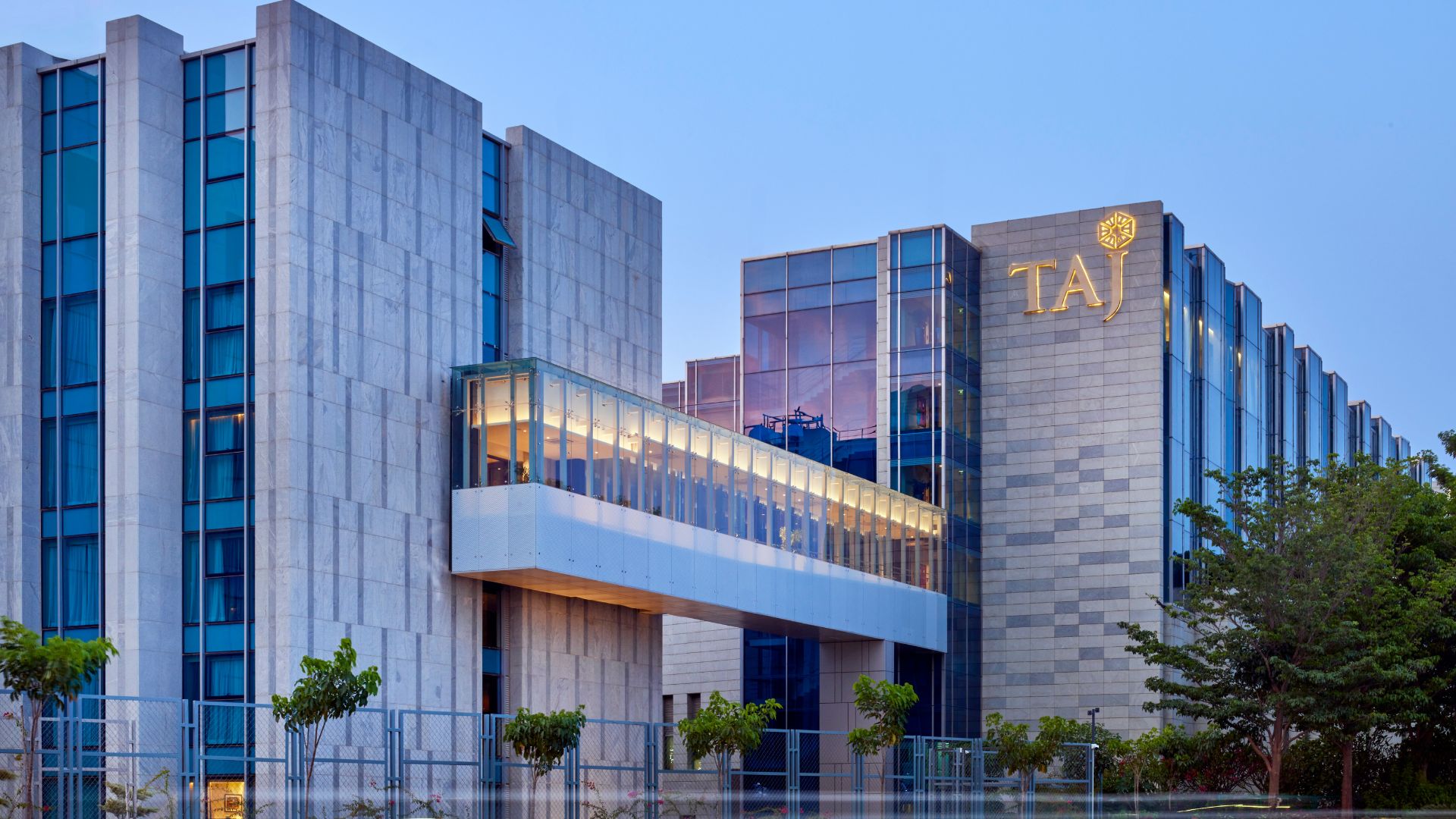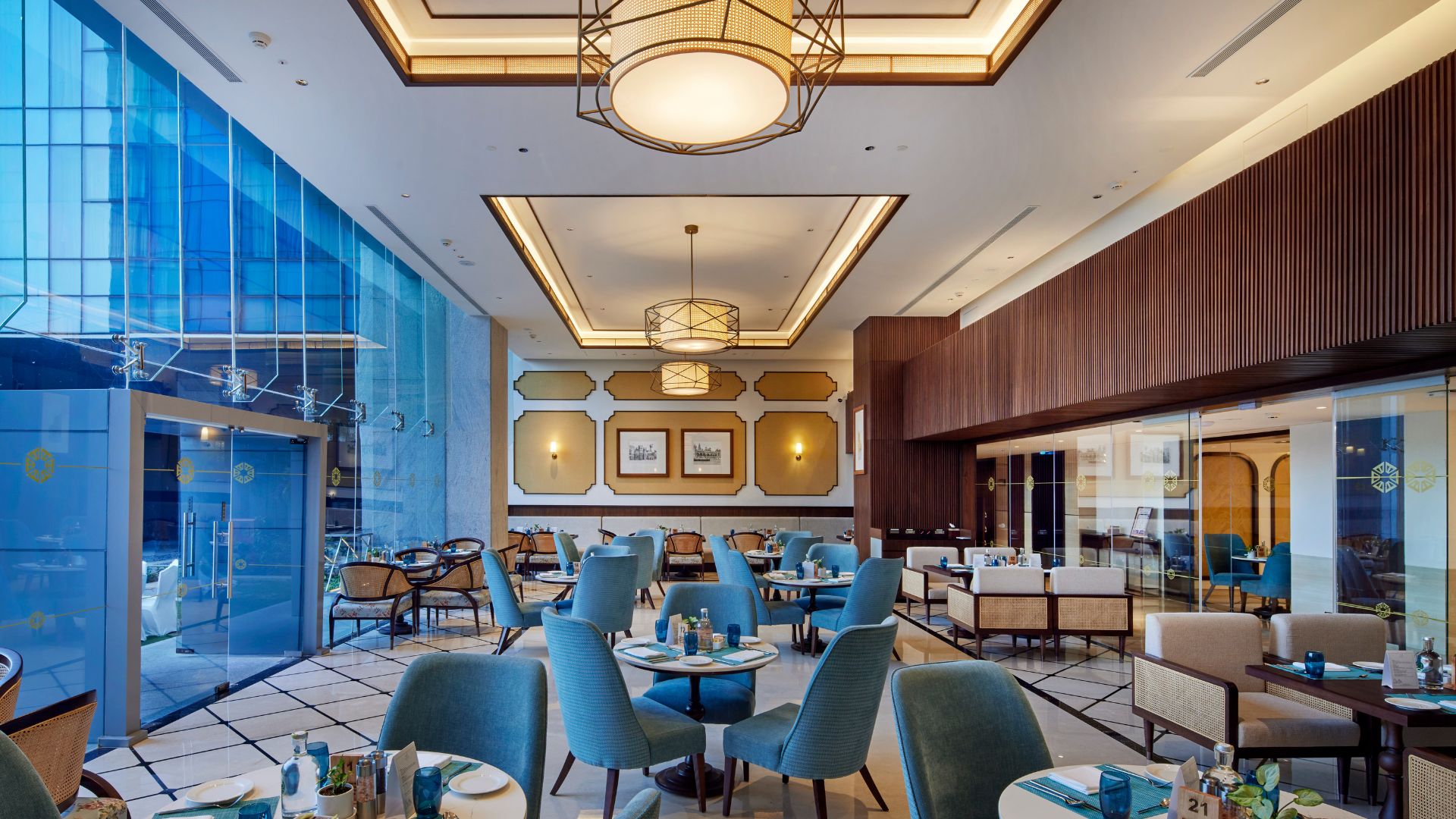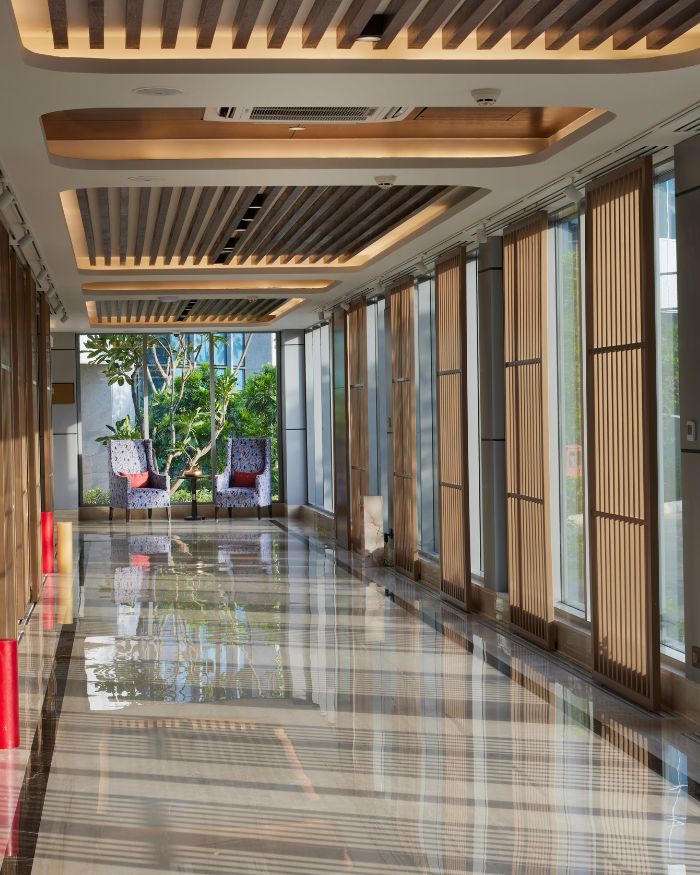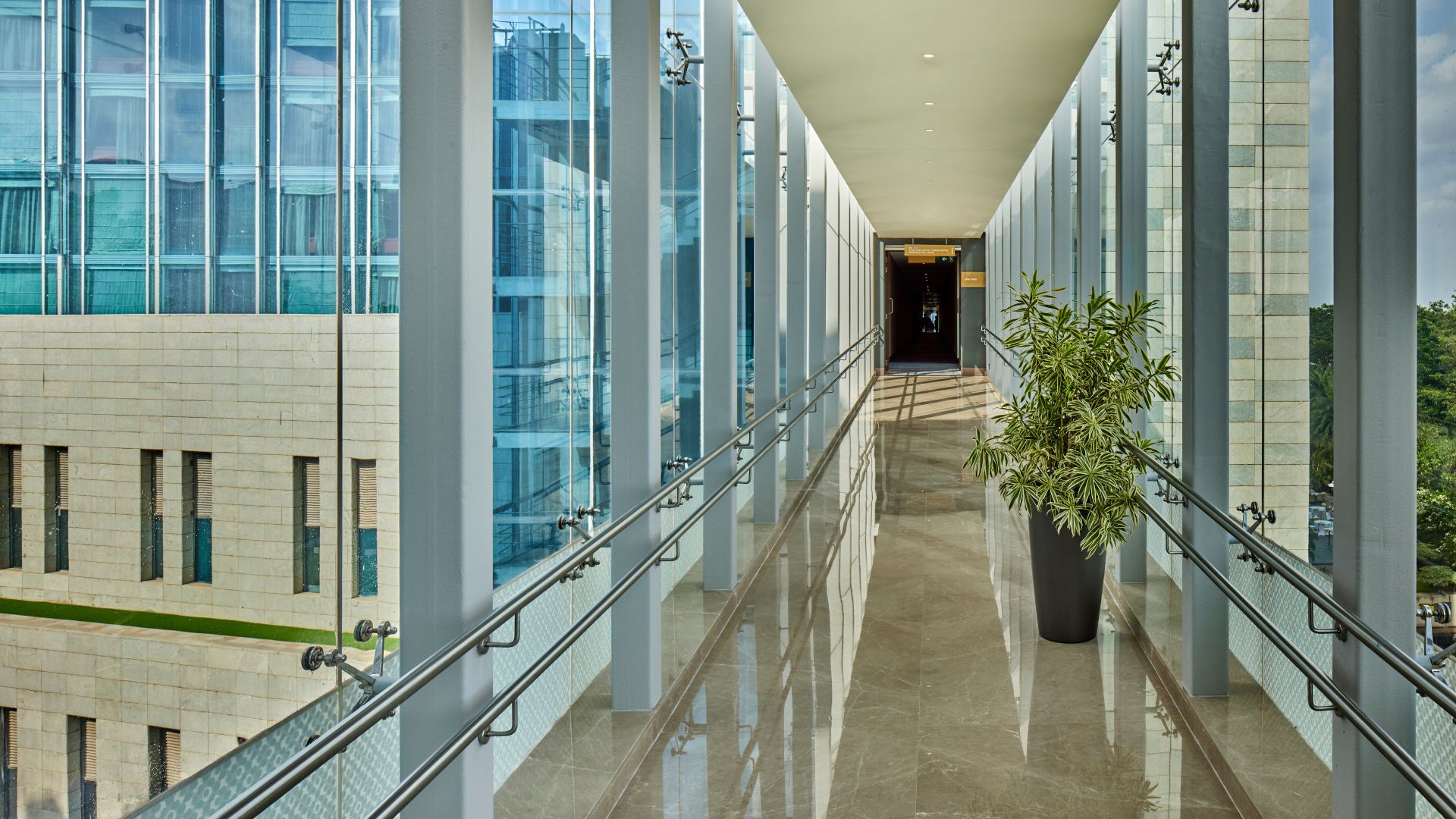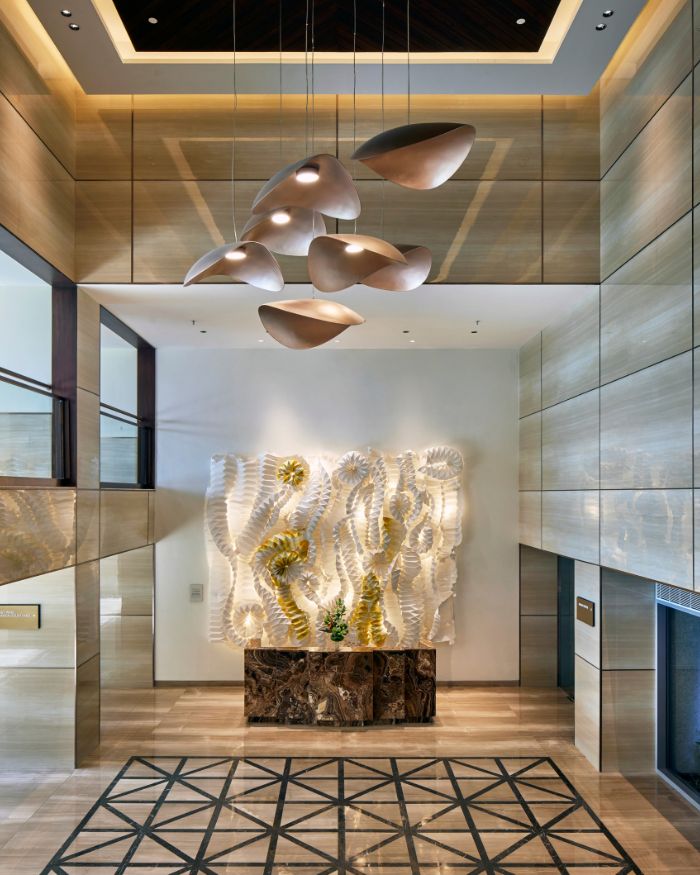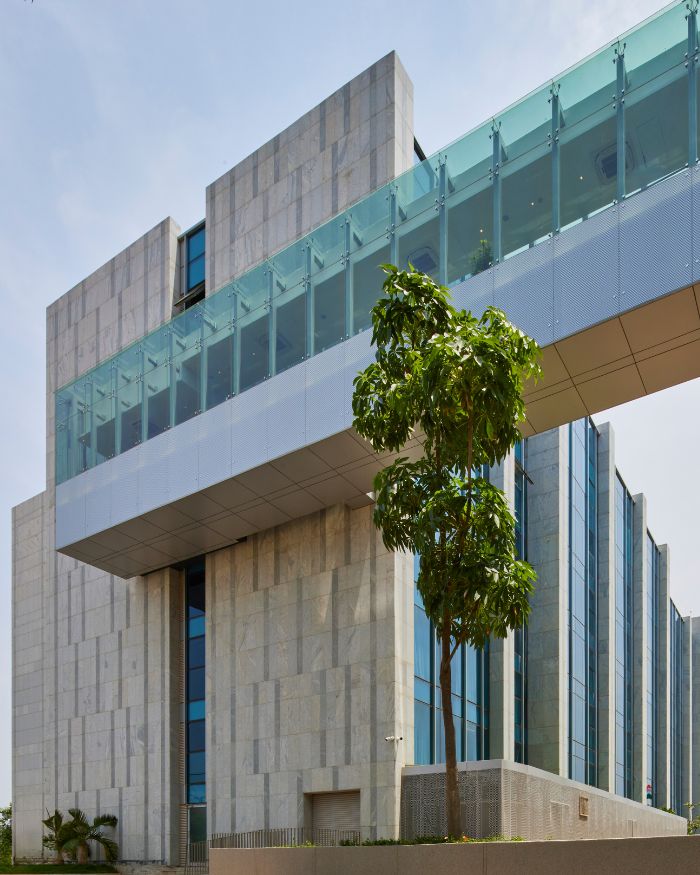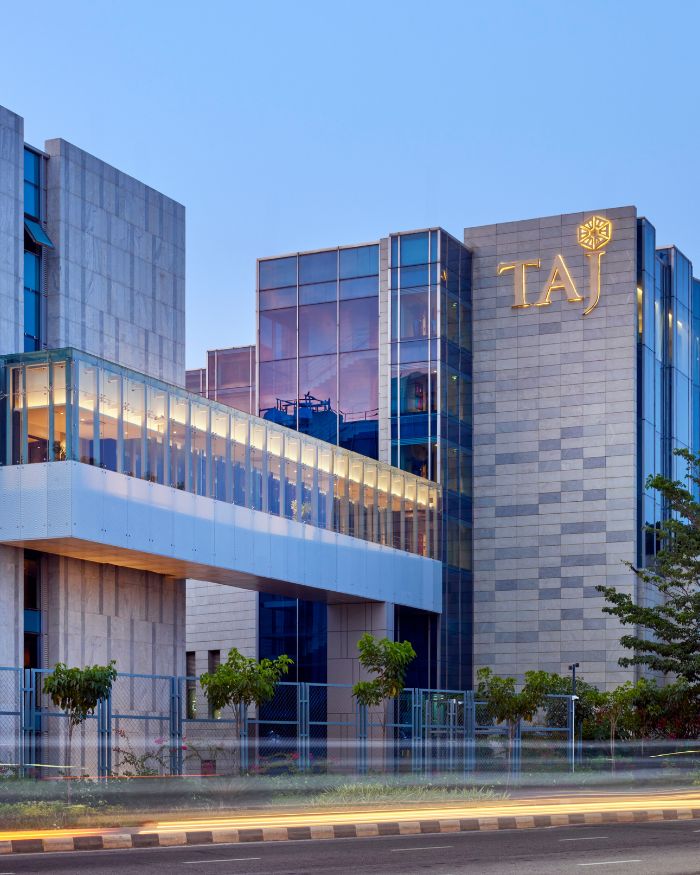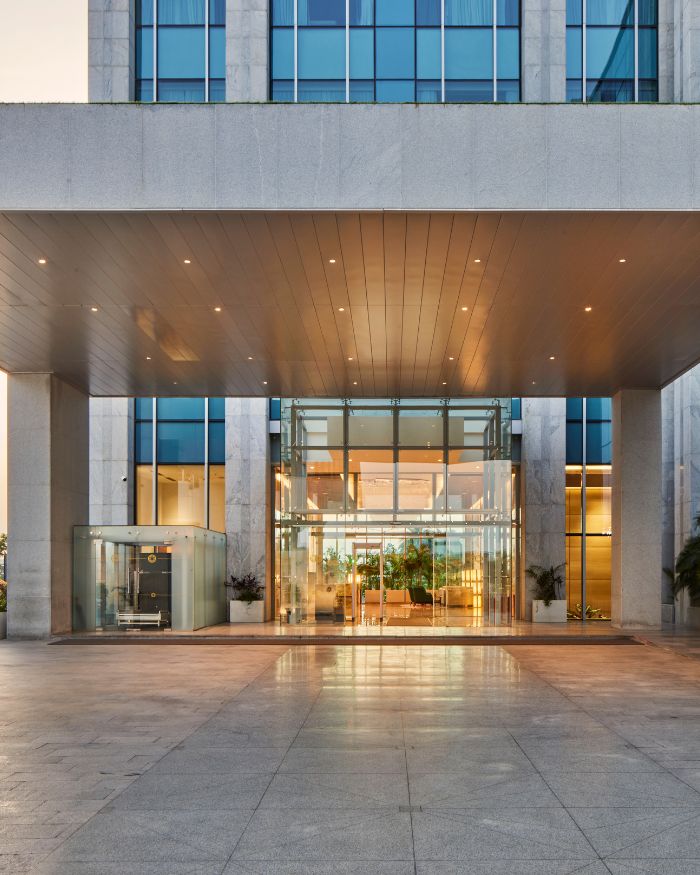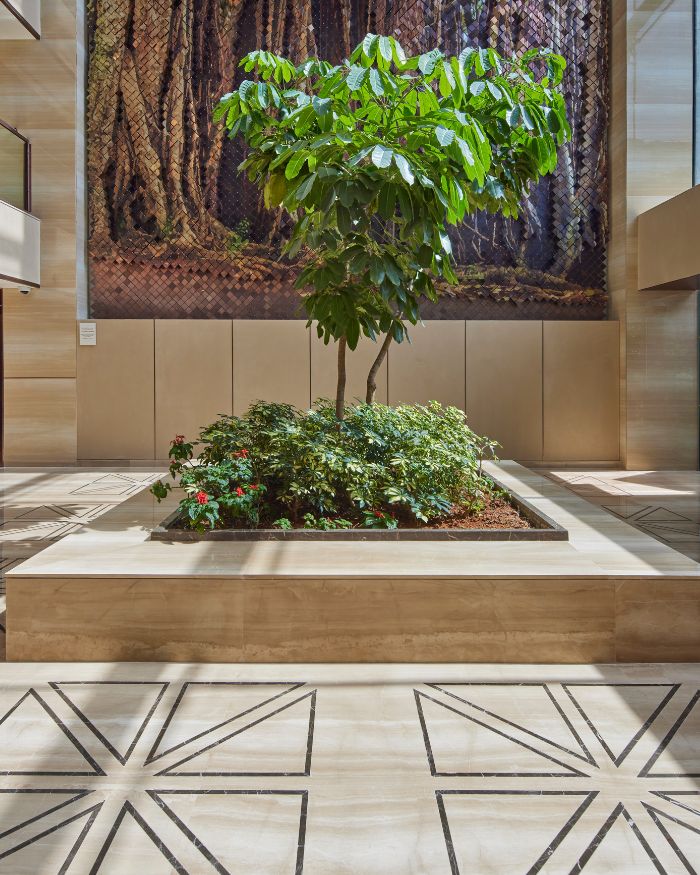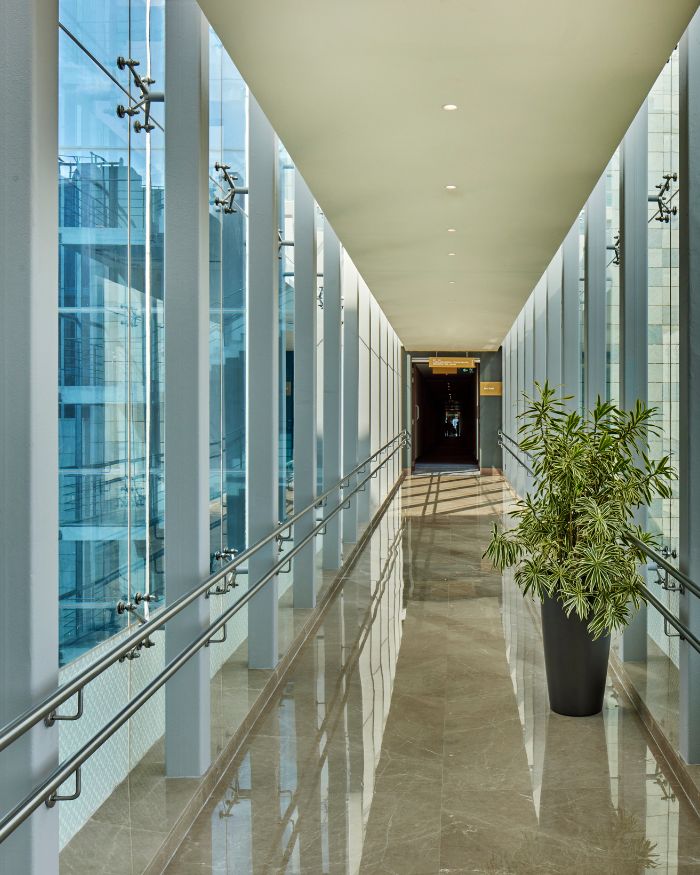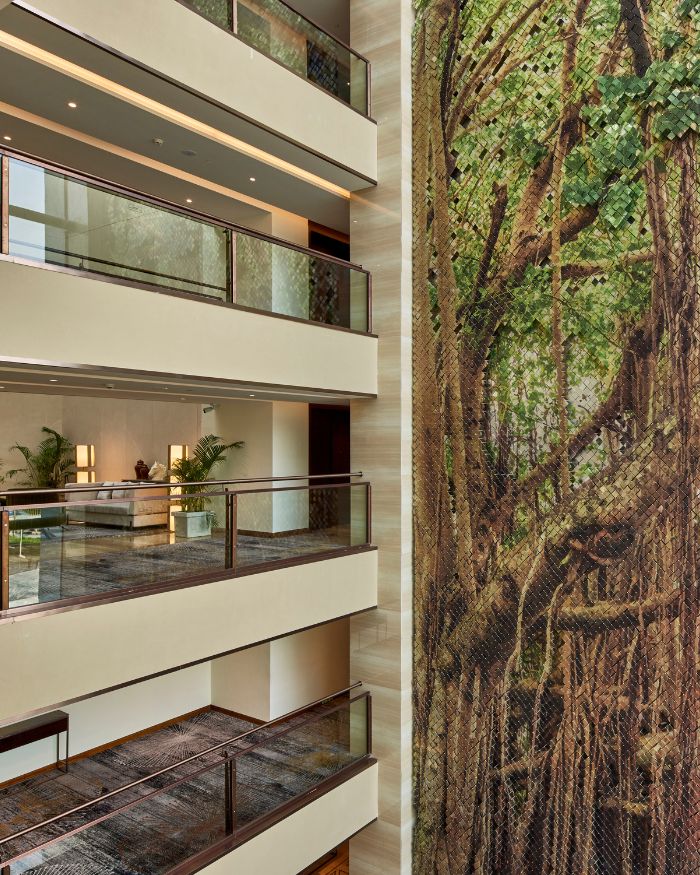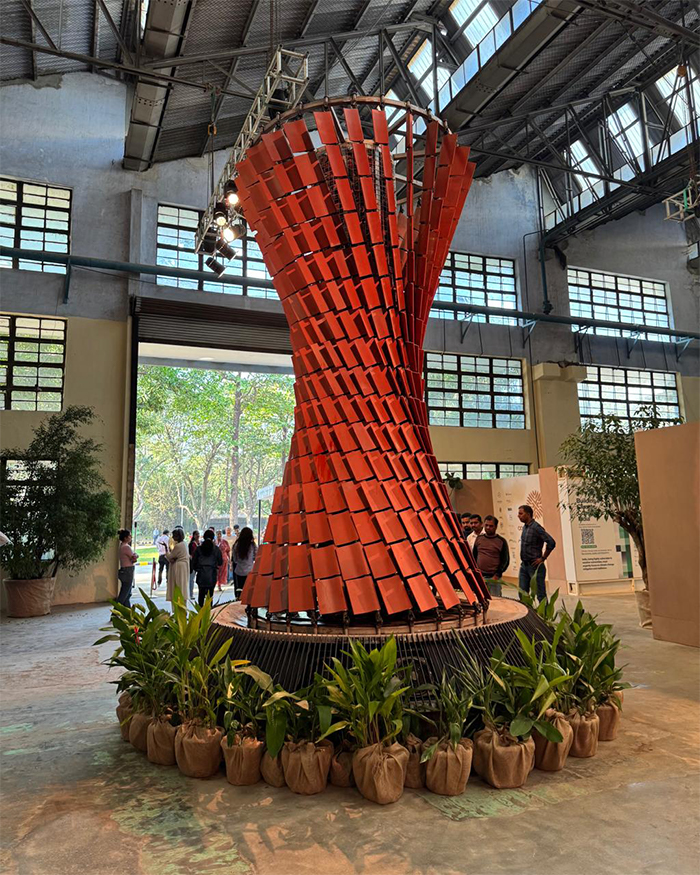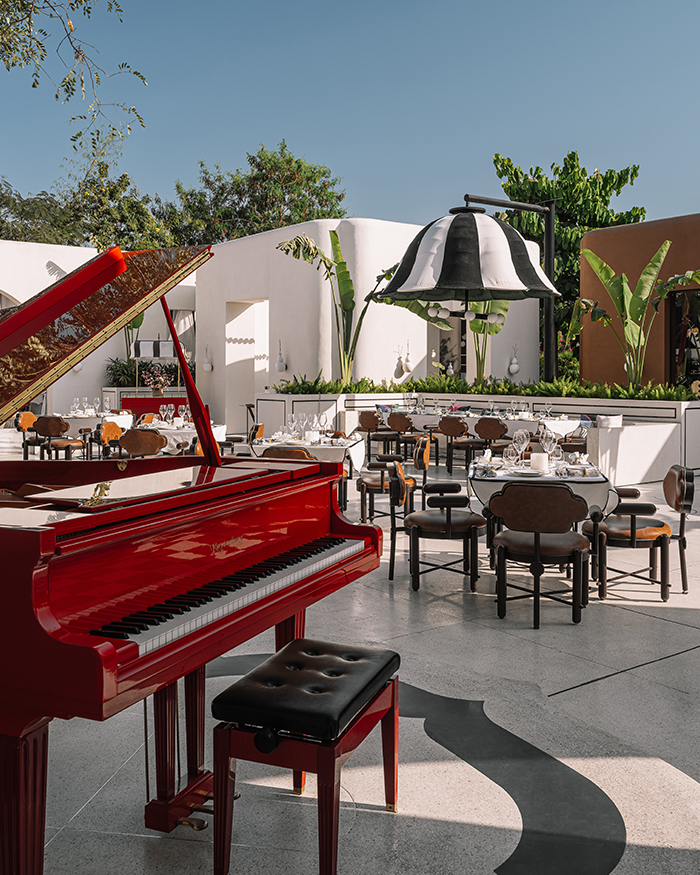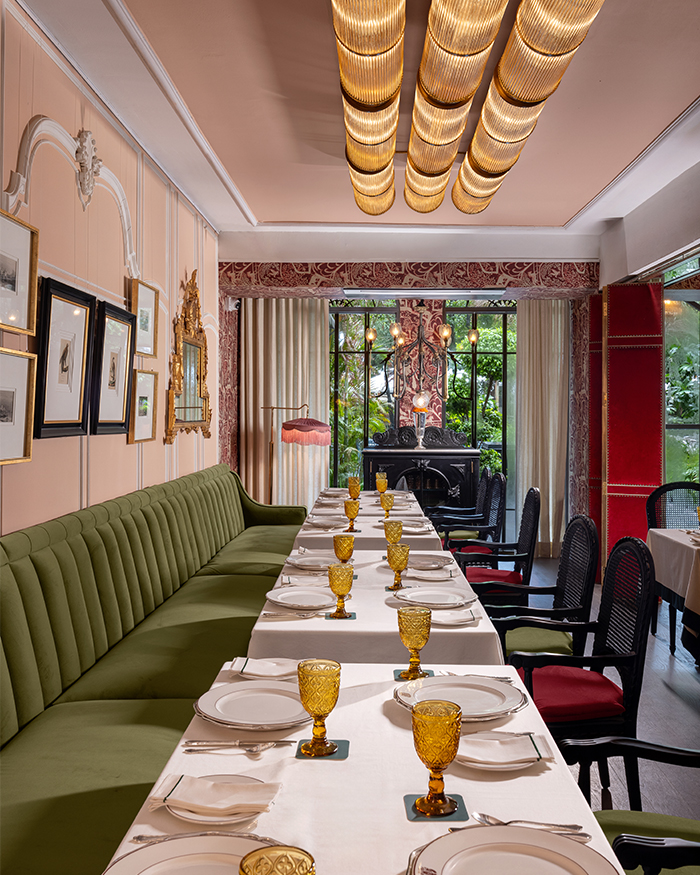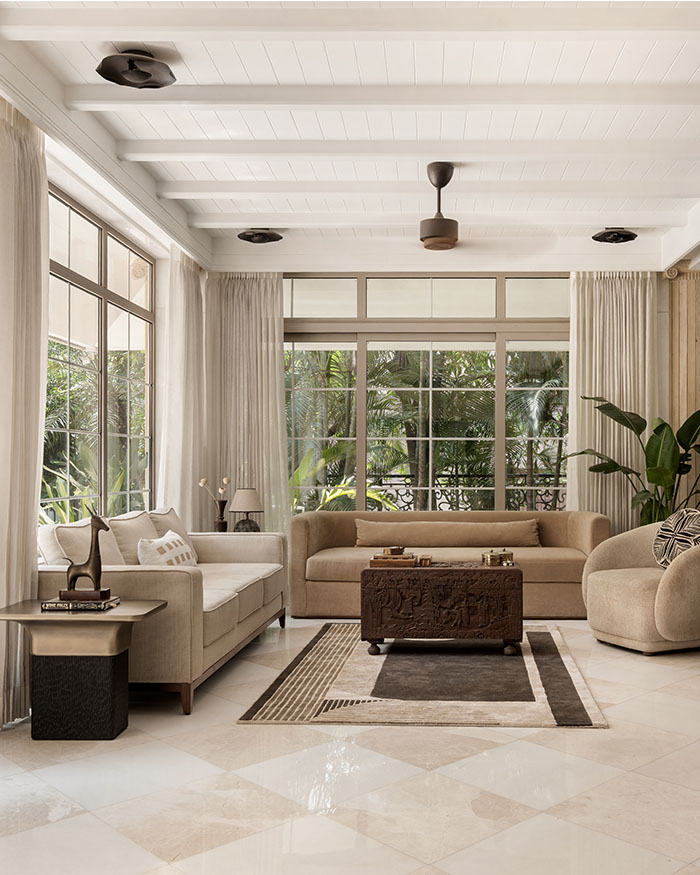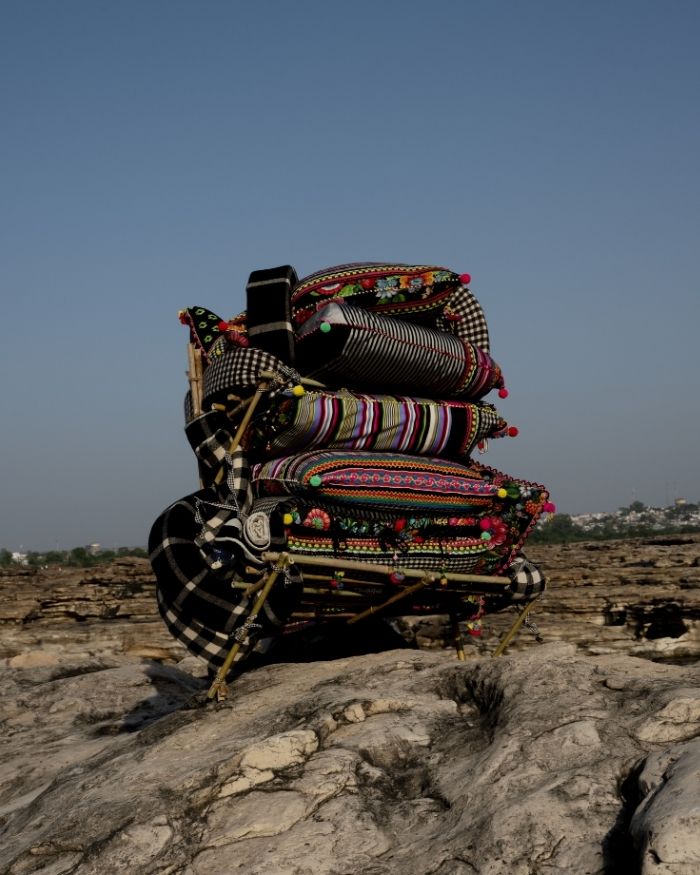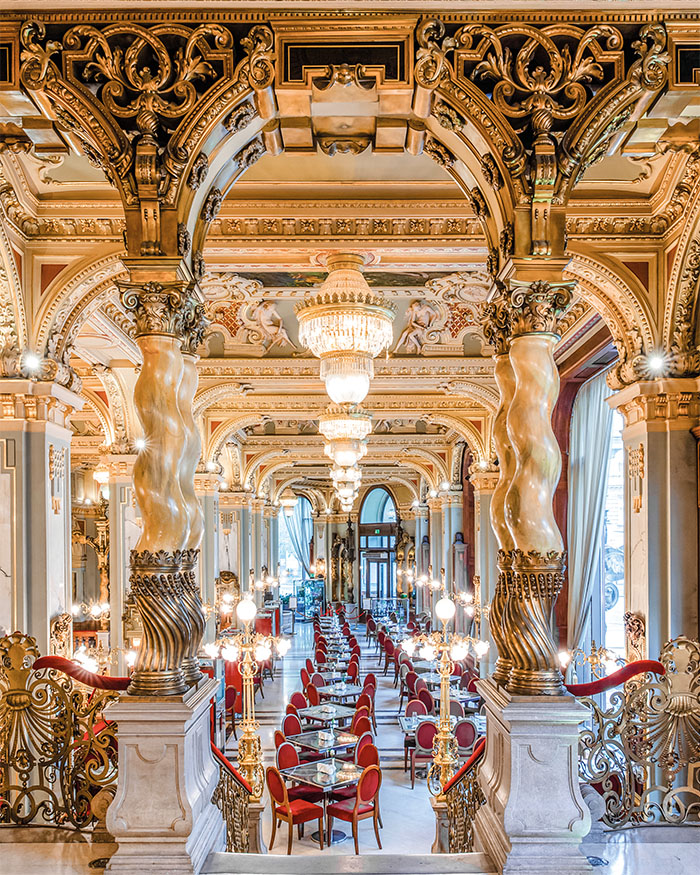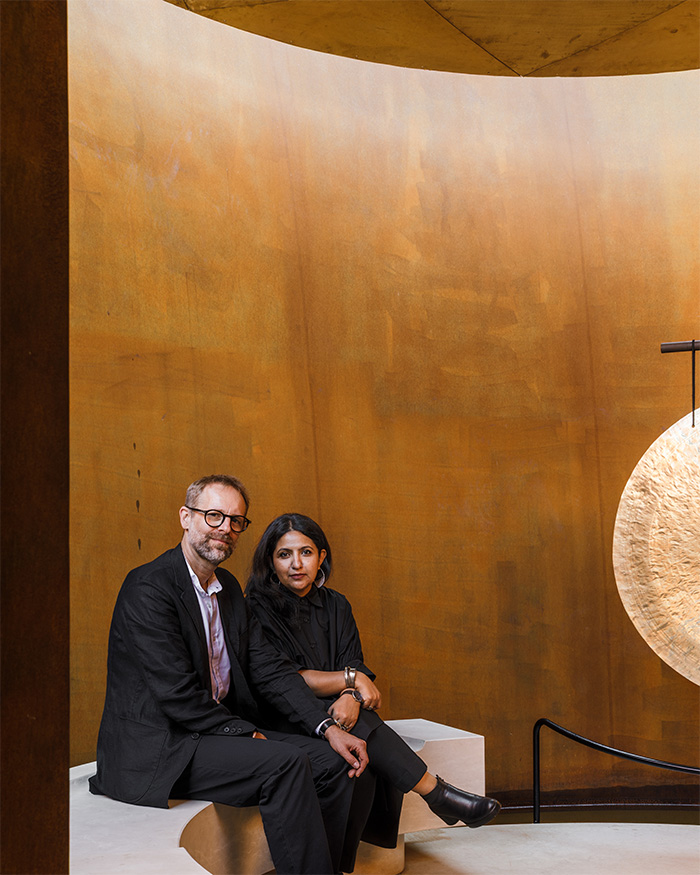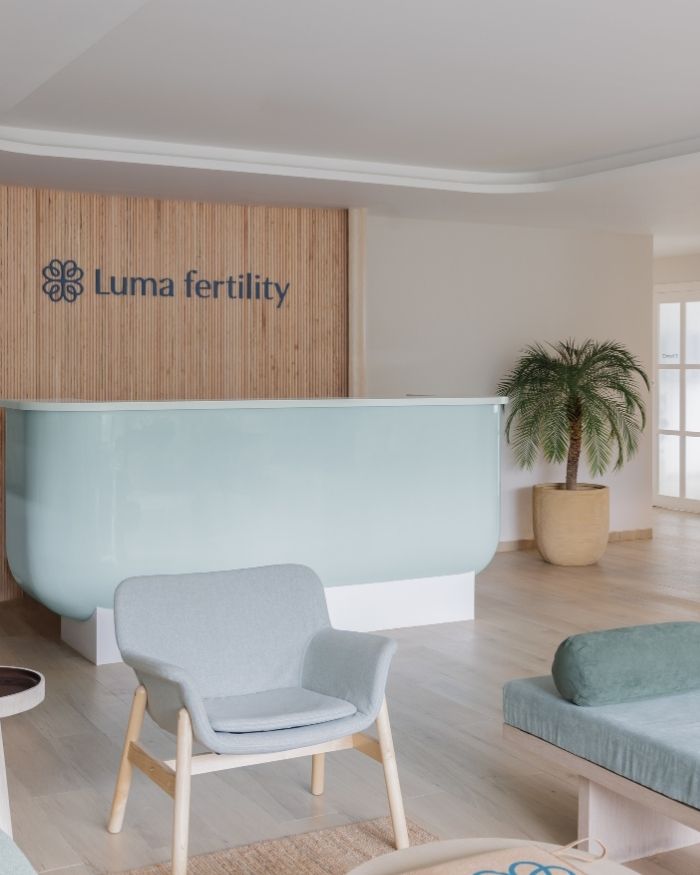Despite waves of change, Bengaluru’s identity as the Garden City has endured. Yet to define it in singular terms would be reductive. At the new Taj Bangalore Extension sprawling over 1.8 acres, Morphogenesis captures the spirit of this multifaceted metropolis.
Envisioned by Bengaluru International Airport Limited (BIAL) and the Taj Group, the hotel presents a fresh perspective on hospitality, rooted in people, purpose and a strong sense of place. Sonali and Manit Rastogi, Founding Partners at Morphogenesis, explain, “Staying true to our core philosophy of climate-responsive and contextually rooted design, we set out to create spaces that feel both intimate and intuitive, where architecture weaves together light, material and movement to enhance the everyday experience of the traveller.” Here are five design clues that hide in plain sight.
“The project builds on the success of the existing property while responding to the evolving rhythms of Bengaluru — a city now firmly established on the global map as a hub for technology and innovation,” — Sonali and Manit Rastogi
